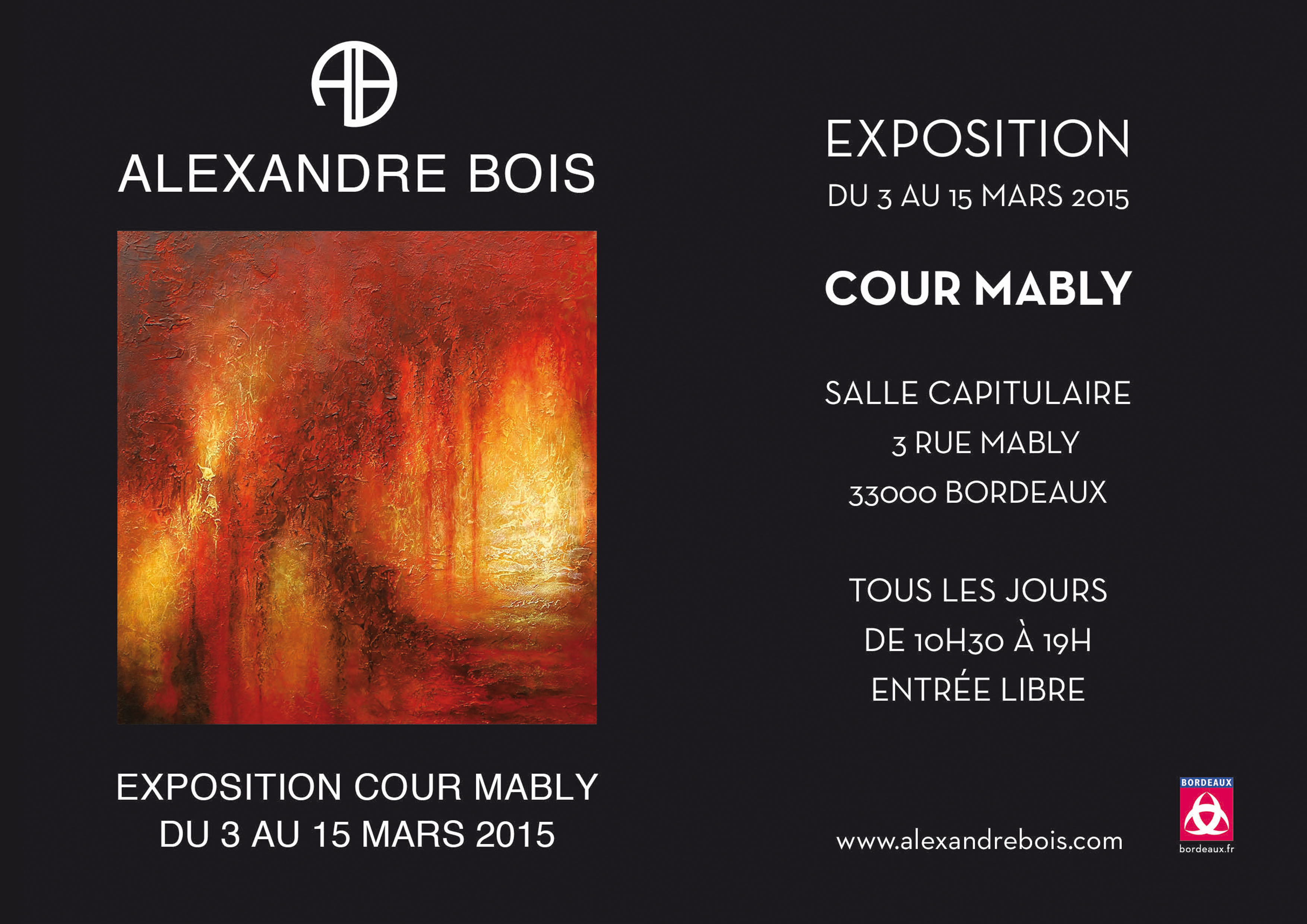TOULOUSE
à Toulouse
dans les Musées Paul-Dupuy et Georges-Labit
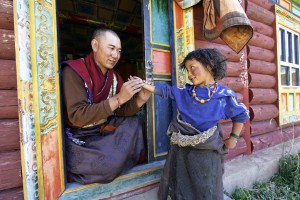
MR 1490-DB 6444 A Tibetan traditional doctor takes the pulse of a nomad girl from Tsatsa in a clinic supported by Shechen humanitarian programs, eastern Tibet. 2005
Un moine médecin tibétain prend le pouls d’une petite fille nomade de la région de Tsatsa, dans une clinique aidée par notre progamme humanitaire. Tibet oriental. Juillet 2005.
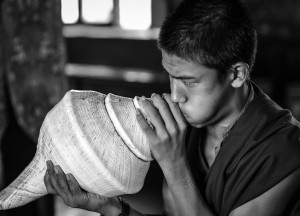
Les rituels sont ponctués pardes séquences musicales, le moine souffle dans une conque…
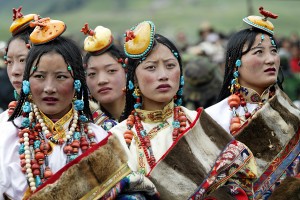
MR 1140-D6525. High in the mountains of eastern Tibet, five elaborately dressed young nomad women, their dresses lined in fur (chubas), attend the festival of Mani Gengok in 2004. This is the first time this festival has been held in ten years and the women wear their best family ornaments of amber, coral, turquoise, and rare semi-precious stones.
Mani Genkok Festival
At Mani Genkok in eastern Tibet a big three-day festival, the first in ten years, is dedicated to the legendary King Gesar of Ling and has attracted thousands of nomads from far and wide. They have set up their tents on the big plain, and all are dressed in their very best clothes. The women are wearing large chunks of amber on their heads and heavy jewelry made from coral, turquoise and agate inherited from their grandmothers and great-grandmothers. The men are wearing coats edged with animal skins and long cutlasses in silver sheaths tucked through their belts.
Masked dances, performed by monks, retrace the major events in King Gesar’s life. Riders in sumptuous costumes, wearing glittering, strangely shaped headdresses, parade about, brandishing victory banners. The story of Gesar is the tale of an invincible warrior whose true enemies were hatred, attachment, arrogance, and jealousy. Gesar wielded the sword of knowledge and tore through the veils of ignorance, and his conquests were inner peace and wisdom.
One of the main passions of the Tibetan nomads is horses. Races and equestrian games are therefore a major part of this three-day festival. The spectators crowd the length of the course or else watch the proceedings from the hillside at the edge of the meadow or perched in little clusters on the roofs of any vehicles parked nearby.
Nous sommes dans l’Est du Tibet, le Kham, à 4000 mètres d’altitude ou se déroule la grande fête de Mani Guenkok, qui n’avait pas eu lieu depuis 10 ans. Des milliers de nomades parés de leurs plus beaux atours viennent camper dans une grande plaine. Les femm
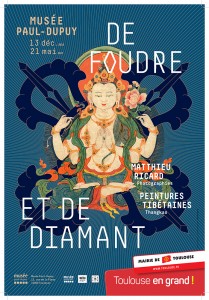
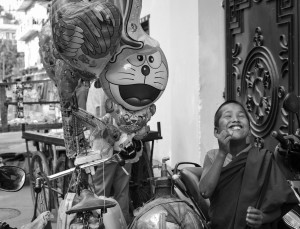
Devant la porte du monastère, un marchand à vélo de baudruches, a fait une halte pour le plus grand bonheur des petits moines…
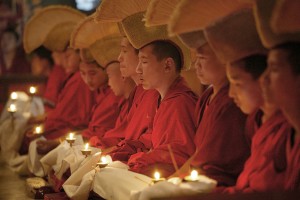
MR 1093. At the end of a long ceremony at the Tibetan monastery of Shechen in Nepal, the lamas perform an offering of butter-lamps. Each person holds a lighted lamp, and is linked to his neighbors with white scarves which, knotted together, run through the whole assembly. The participants recite slow and melodious verses in which they pray to practice together throughout their future lives until they all attain enlightenment. Kathmandu, Nepal, 2004
A la fin des longues c√©r√©monies, les lamas font une offrande de lampes. Chaque participant tient une lampe allum√©e et se trouve reli√© √† ses voisins par des √©charpes blanches qui, nou√©es les unes aux autres, font le tour de l’assistance tout enti√®re. Les participants, dans un chant lent et m√©lodieux, prient de pouvoir pratiquer ensemble dans toutes leurs vies futures, jusqu’√† ce qu’ils atteignent l’Eveil. Monast√®re tib√©tain de Sh√©ch√®n au N√©pal, 2004
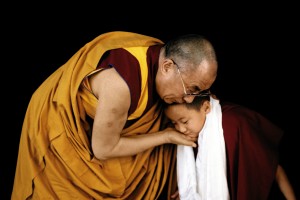
MR 686 The 14th Dalai Lama meets the young reincarnation of one of his main spiritual teachers, Dilgo Khyentse Rinpoche (1910-1991). For the photographer, this image symbolizes the ever-flowing loving kindness and compassion that characterizes the fourteenth Dalai Lama. Bodh Gaya, India 2000
Le Dalaï-lama avec la jeune incarnation de son l’un de ses principaux maître spirituel, Dilgo Khyentsé Rinpotché. Bodh Gaya, Inde 2000
